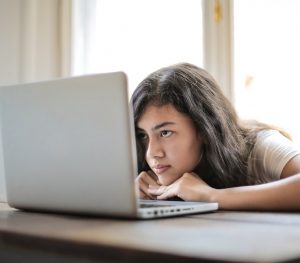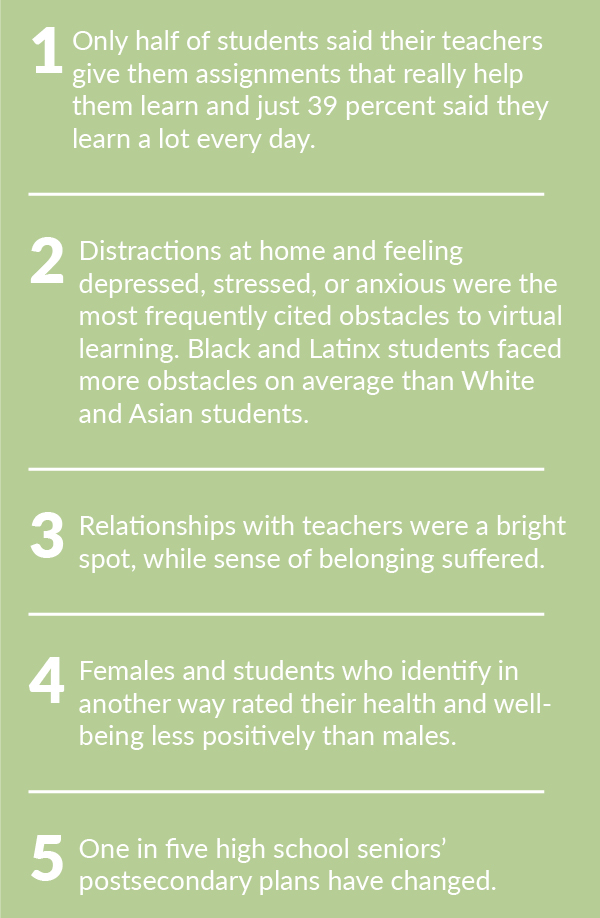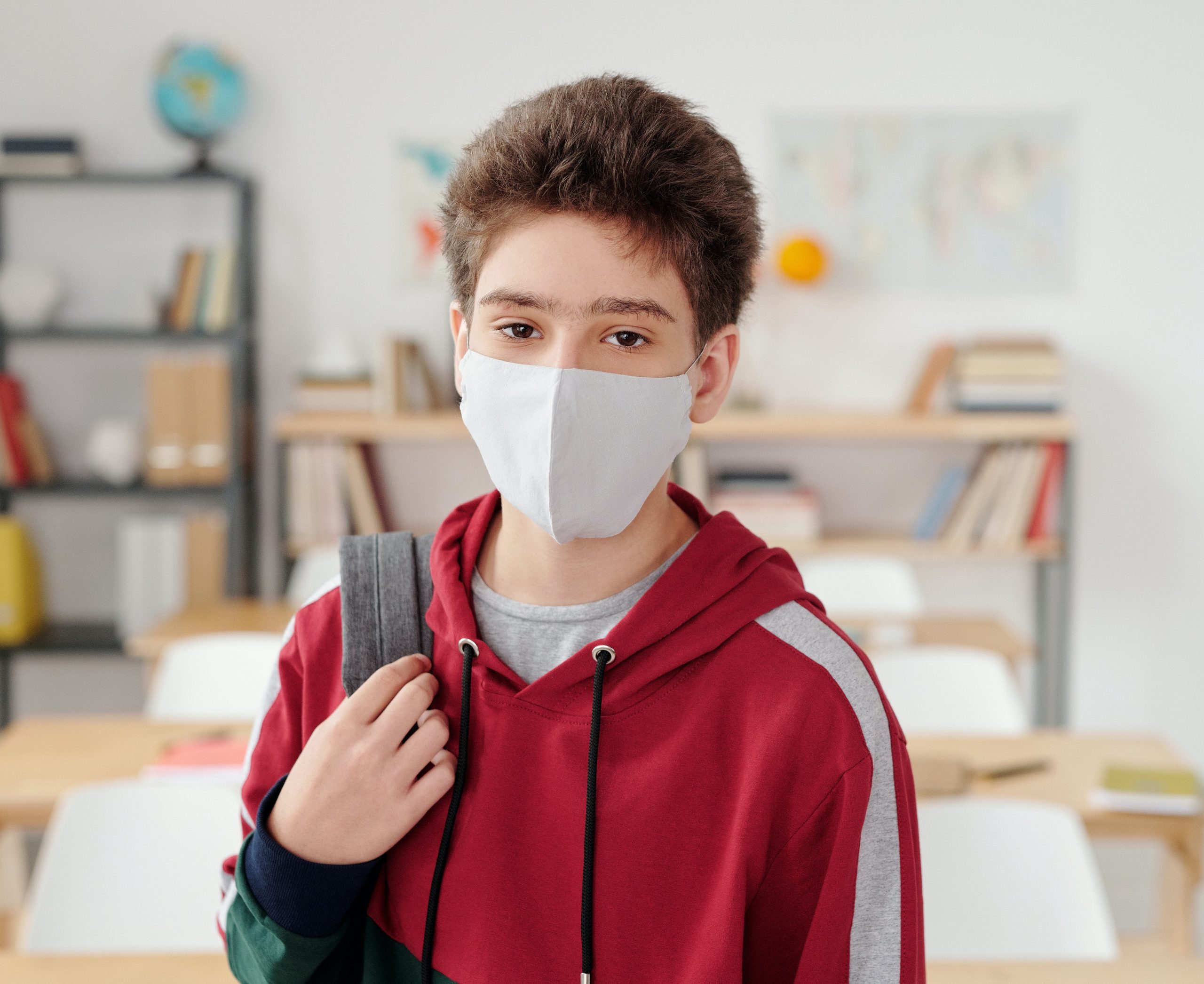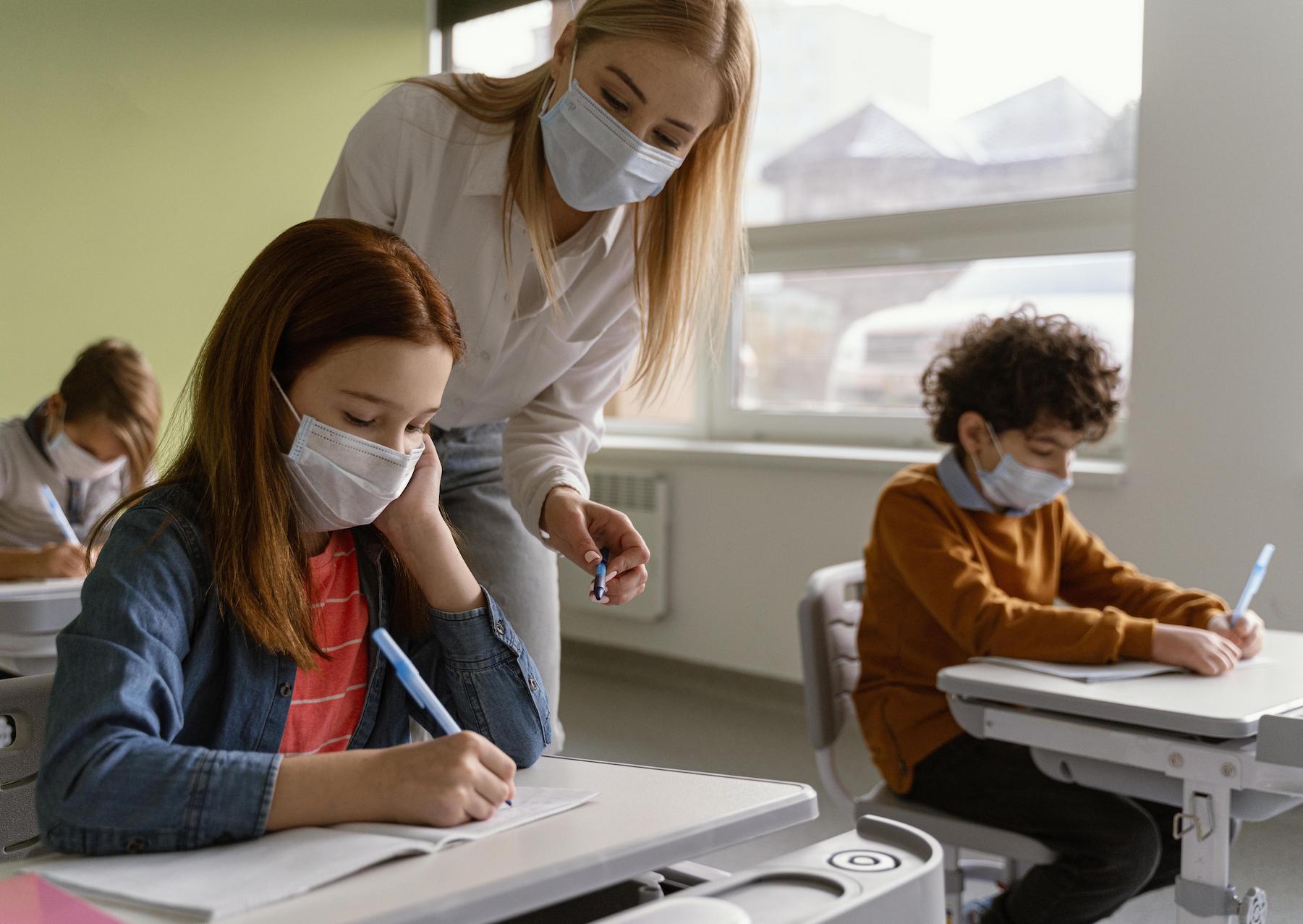Students Weigh In: Learning & Well-Being During COVID-19 [web resource]
 Education changed dramatically when the COVID-19 pandemic forced schools across the country to close in spring 2020 and over 50 million students were asked to learn remotely.
Education changed dramatically when the COVID-19 pandemic forced schools across the country to close in spring 2020 and over 50 million students were asked to learn remotely.
National nonprofit YouthTruth wanted to know: how have students perceived their learning experiences, social-emotional development, and well-being during spring 2020 school closures?
To better understand this question and share insights with the field, YouthTruth analyzed survey data from more than 20,000 students in grades 5-12. The data was gathered in May and June 2020 through a 12-minute online survey, administered in English and Spanish, in partnership with 166 public schools across nine states.
Five Key Findings
- Only half of students said their teachers give them assignments that really help them learn and 39 percent said they learn a lot every day.
- The most frequently cited obstacles to virtual learning were distractions at home (64 percent) and feeling depressed, stressed, or anxious (50 percent). On average, Black and Latinx students faced more obstacles than White and Asian students.
- On average, about half of students rated their relationships with teachers and adults in school positively – but only one in three rated their sense of belonging positively.
- Male students rated their health and well-being more positively than did female students and students who identify in another way.
- One in five high school seniors’ post-secondary plans have changed.
Overall
While school logistics worked relatively well from students’ perspective, remote learning still didn’t result in a lot of learning during COVID-19 related school closures in spring 2020. It was especially challenging for Black and Latinx students – who faced more obstacles to learning than other students – and for female students and students who identify in another way – who struggled more with mental health and well-being than males.
There were a number of other trends based on student demographic characteristics in how students experienced learning and well-being. Students who felt more personally affected by COVID-19 had less positive experiences across most themes and questions. The same is true of 11th graders, while 5th and 6th graders reported more positive experiences. Asian students also tended to report more positive experiences across most themes.
Additionally, YouthTruth’s analysis of the over 40,000 open-ended student responses sheds light on the complexity of both the challenges faced and opportunities seized in this moment of profound disruption to the institution of schooling. Students shared in their own words that they enjoyed having more agency over their schedule and learning pace, that they appreciated opportunities to connect with their family, and that virtual learning often afforded flexibility to learn new skills and deepen knowledge. And still, distractions at home, stress and anxiety, and deep longing for social connection underscore the importance of listening to these voices and exploring this data with empathy and responsiveness to the student experience.
Source: YouthTruth | Students Weigh In: Learning & Well-Being During COVID-19, https://youthtruthsurvey.org/students-weigh-in | ©2013, 2020, The Center for Effective Philanthropy d/b/a YouthTruth
CHC offers free community education sessions for educators. Join us to learn practical teaching strategies you can use in your classroom to help more kids reach their promise and potential. Educator sessions are led by experienced educator/clinician teams from Sand Hill School and CHC.






